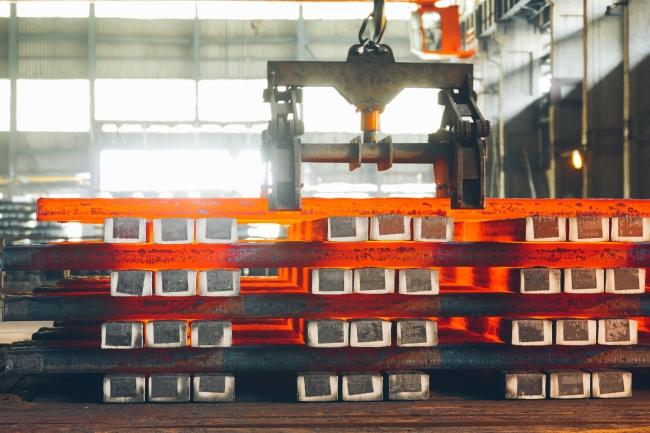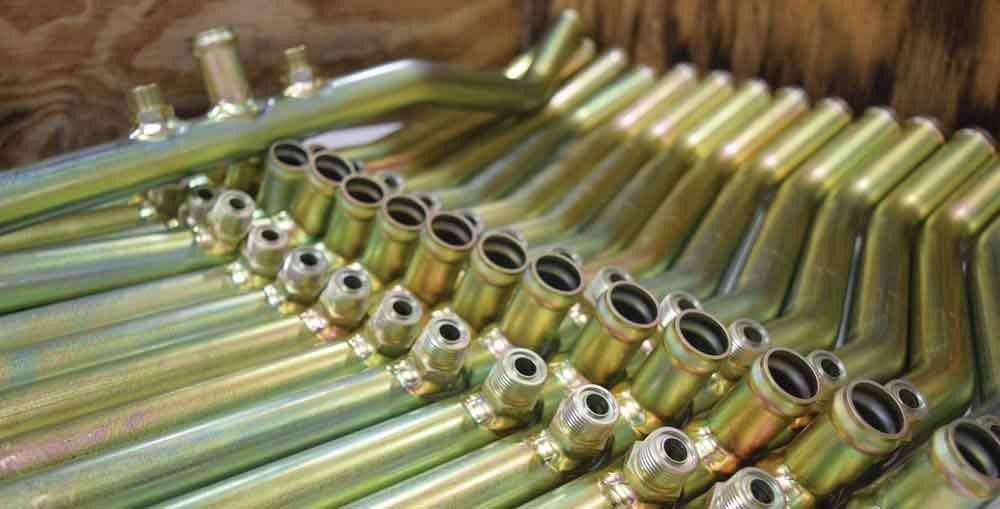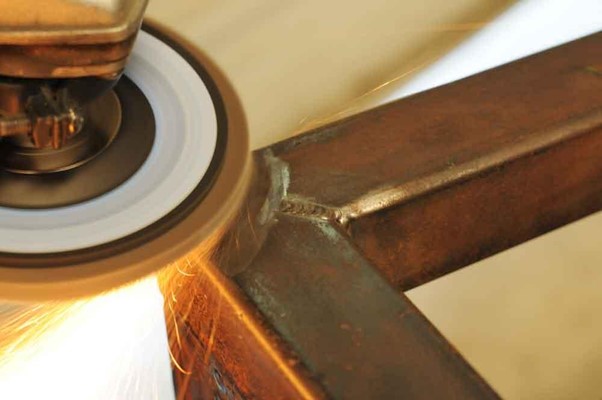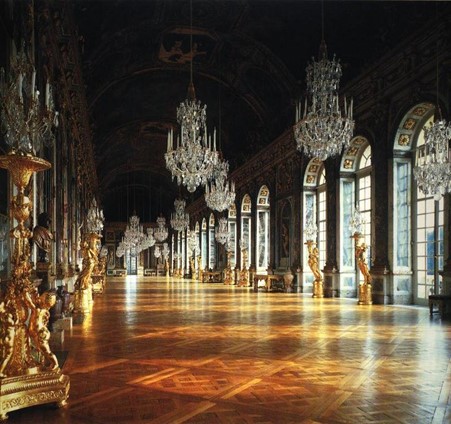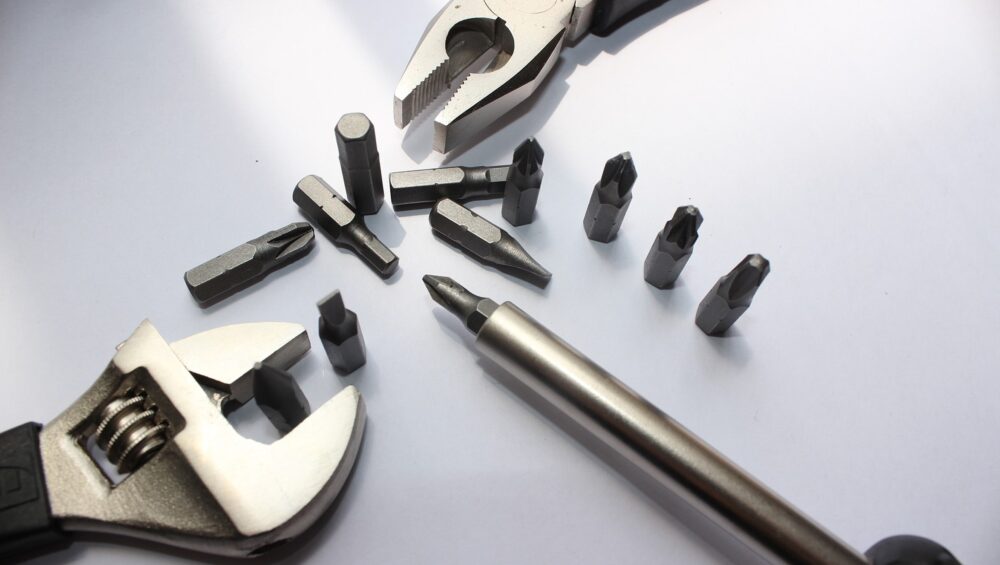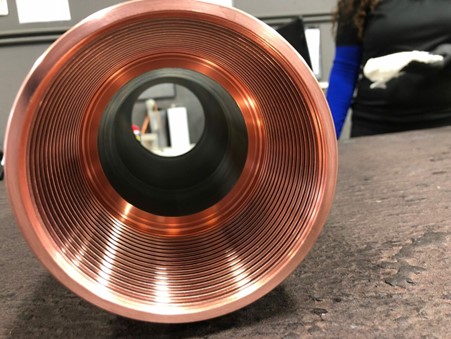https://www.cmcllcuae.com/about-us/Metal plating or metal finishing is a very useful technique used in a range of processes, whether decorative or industrial. Using the right metal finish can completely transform the look, feel and usability of the product. If you are looking to aesthetically improve a product, then understanding the different metal finished would be greatly helpful. One of the most common plating is silver plating in UAE because of its remarkable properties. There are other plating options too, check them out as well.
Need for metal plating
The metals ideally used in metal plating are: Gold, Silver, Tin, Copper, Chrome, Rhodium, Zinc, Zinc Nickel, Zinc Iron and Black Nickel. With the right metal plating option, it is possible to improve the product’s surface, increase corrosion resistance, improve paint adhesion, reduce friction, act as a shield against radiation and even change the conductivity of the material. Metal plating is also used in jewelry to improve their look, and make cheap jewelry alluring and attractive.
Gold Plating
Gold plating is often done on copper to provide a corrosion-resistant electrically conductive layer. Hence, it is used on electronic spare parts, mainly electrical connectors, printed circuit boards etc. This chemical process is also known as gold electroplating, and before doing it, the technician will ensure that the surface is clean with no dirt or oil on them. This is a great option because not only will it look good, but it will also prevent oxidation and thus no rusting.
Silver Plating
Silver Plating in UAE is also almost similar to Gold plating, and is thus excellent for electrical conductivity. Since it is a cost-effective option to gold, many people switch to silver to plate parts made from copper. Silver is beautiful and elegant, and gives off an excellent metal finish.
Tin Plating
Tin plating provides an even cheaper option when compared to gold, platinum, etc. This is used mainly for industrial works and is used in a variety of industries including electronics, jewelry making, aerospace, etc. You will also find tin plating solution in cans where food products are stored.
Rhodium plating
This is also used for plating jewelry because of its qualities like durability, aesthetics and light reflecting qualities. A thin coating on a piece of jewelry will work wonders.
Nickel plating
Nickel plating is quite often used for that lovely finish on plumbing and household appliances, furniture and supplies. You will find this used on wire racks because of its striking, mirror-like finish. It is also corrosion-resistant.
Silver plating in UAE is most often the commonly used plating metal because it is resistant to heat, and a number of common chemicals and acids. It does not oxidize or degrade, so used in high-temperature environments like the automotive industry. Engine manufacturers use silver instead of lubricants because of its remarkable temperature resistance. Silver is also often used as a base material before other kinds of plating is applied, especially matte coating.


